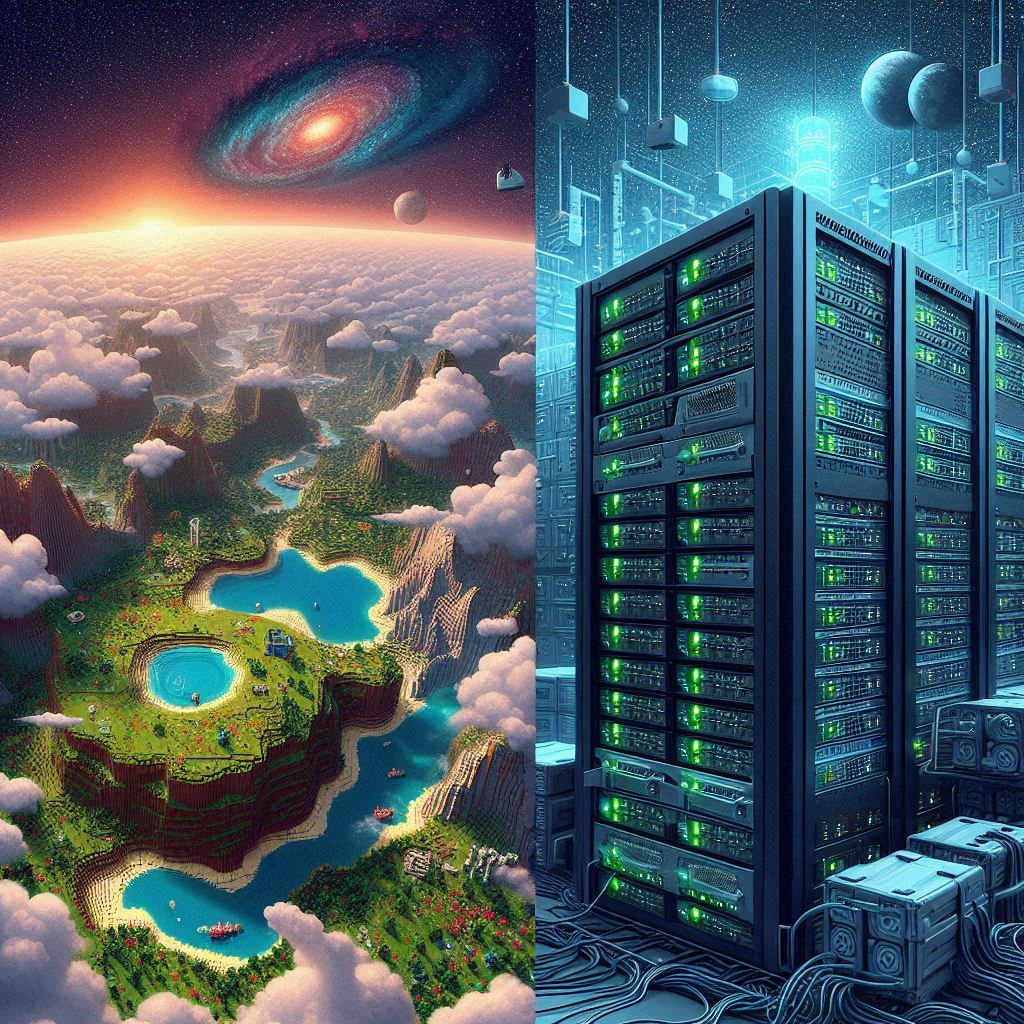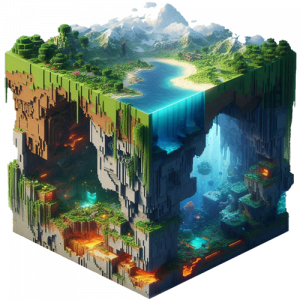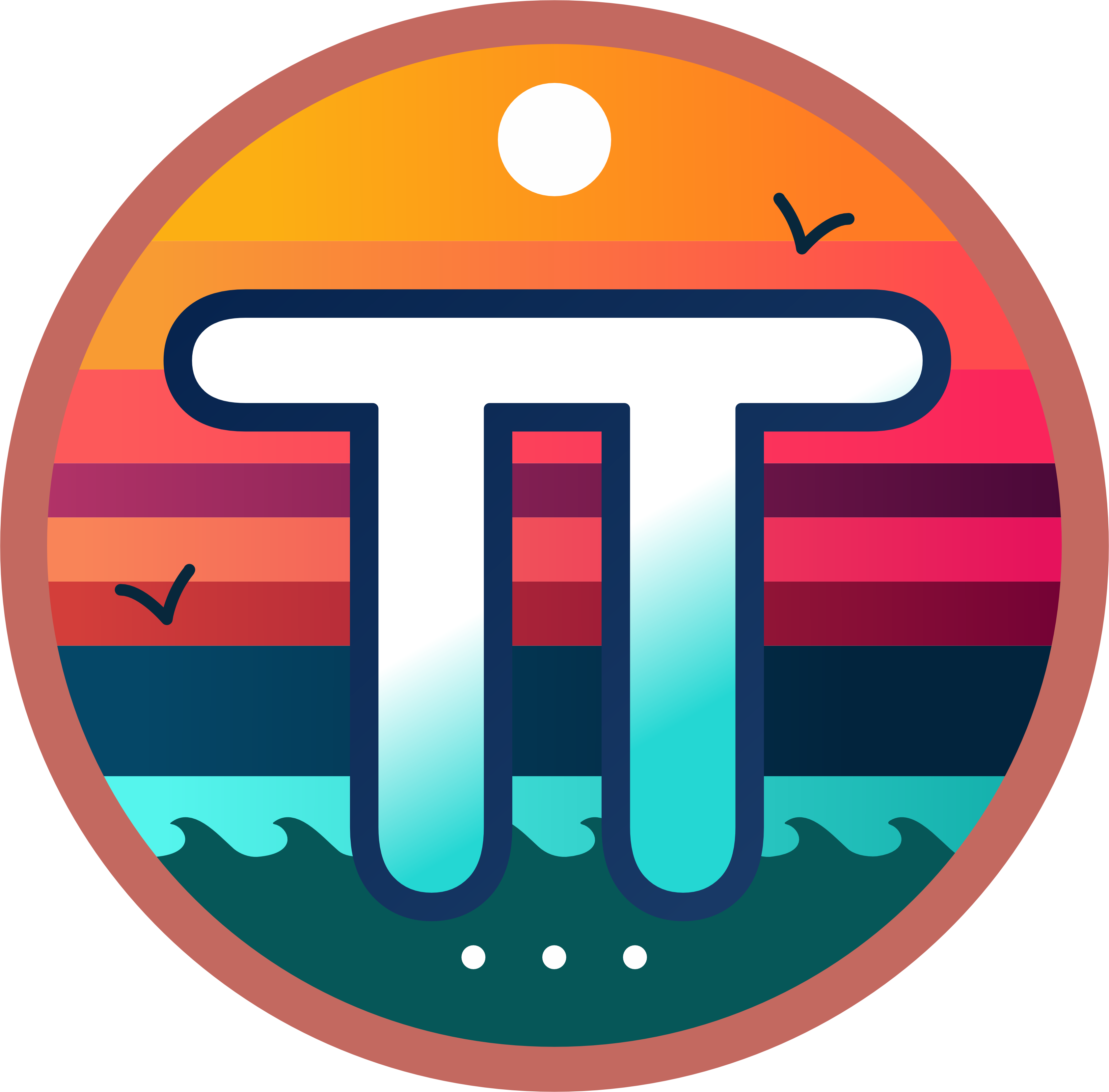Front & Back End Associated Technologies

Front-End
Refers to the part of a website or application that users interact with directly—things like buttons, layouts, and visuals. It’s all about user experience and is built using languages like HTML, CSS, and JavaScript.
Back-End
Is the behind-the-scenes part that powers the application. It manages databases, servers, and business logic, ensuring everything runs smoothly. Common back-end technologies include Python, Java, Ruby, and databases like MySQL or MongoDB.

The first step is asking, “How can I make this better?”
Front End
Web Development
- HTML: For structuring web-based Minecraft tools or dashboards
- CSS: To style user interfaces and make web tools visually appealing
- JavaScript: For adding interactivity to Minecraft-related web apps or tools
- JavaScript Frameworks:
React – For building dynamic user interfaces.
Vue.js – Lightweight and flexible for web-based tools.
Angular – A more robust option for complex applications.
UI/UX Enhancements
- Bootstrap: For responsive web design with pre-made components.
- Tailwind CSS: For creating custom, stylish UI without much hassle.
- Material UI: For implementing Google’s Material Design principles.
- Web Components: For building reusable and customizable UI elements.
Graphics and Visualization
- WebGL: To render #d visuals, like Minecraft world previews
- Three.js: A JavaScript library built on WebGL for easier 3D rendering.
- Raster, Vector Graphic Editing: Types of art programs for creating and editing art files
Real-Time Interactivity
- Socket.IO: For real-time communication between web tools and the Minecraft server.
- WebRTC: For adding real-time voice or video communication for multiplayer servers.
Mobile and Desktop Apps
- Electron: To create cross-platform desktop apps like custom launchers or server managers.
- React Native: For building mobile apps to interact with Minecraft servers.
Game Modding and Customization Tools
- Open GL: A graphics library for custom shaders and effects.
- Qt: A framework for building desktop tools with graphical interfaces.
- JavaFX: For creating more advanced GUI’s in mods or standalone tools.
Web-Based Applications
- Progressive Web Apps (PWAs): For building Minecraft-related tools that behave like native apps.
- API Integration Tools: Suck as Axios or Fetch API for interacting with Minecraft API’s.
Data Visualization:
- D3.js: For visualizing complex data such as player stats or world analytics.
- Chart.js: To create simple, interactive graphs for Minecraft data.
Other Notable Technologies
- Node.js: For building server-side tools that interact with the Minecraft server.
- TypeScript: For adding type safety to JavaScript-based projects.
- Redux: For state management in complex front-end applications.
Back End
Programming Languages
- Java: The primary language for Minecraft servers, as the game itself is written in Java.
- Kotlin: Often used for plugins and mods due to its compatibility with Java.
- Python: For scripting and automation tasks.
- C++: For high-performance server implementations.
- Node.js: For lightweight and scalable server-side applications.
Server Frameworks and APIs
- Spigot: A popular server framework for creating plugins.
- Paper: A high-performance fork of Spigot with additional features.
- Bukkit: An older but still widely used framework for plugins.
- Forge: For creating and running mods on Minecraft Servers.
- Fabric: A lightweight modding toolchain for Minecraft.
Databases
- MySQL: For storing player data, stats and other server information.
- PostgreSQL: An alternative to MySQL with advanced features.
- SQLite: A lightweight database for smaller servers.
- MongoDB: For NoSQL-based data storage.
Networking and Communication
- Netty: A networking library used in Minecraft for handling connections.
- Socket.IO: For real-time communication between the server and external tools.
- Redis: For caching and managing real-time data.
- Topography: Network topography, routing, protocols, engineering, OSI model, Cisco, Microsoft, Linux
- Security: Firewalls, monitoring traffic, filtering, jump boxes, honeypots, IP-holes
Hosting and Deployment
- Docker: For containerizing Minecraft servers and their dependencies.
- Kubernetes: For managing and scaling server clusters.
- AWS/GCP/Azure: Cloud platforms for hosting Minecraft servers.
- Linux: The most common operating system for hosting servers.
- Virtualization: Microsoft Hyper-V, VMWare ESXi, Oracle VirtualBox
- Scripting and Editing: Start files, file structure navigation, editing files and permissions
Tools and Utilities
- LuckPerms: A permissions management system for Minecraft servers.
- Dynmap: A web-based map for visualizing the Minecraft world.
- WorldEdit: A tool for editing and managing the Minecraft world.
- Multicraft: A control panel for managing multiple Minecraft servers.
- Editors: Notepad++, Sublime, Nano
- Server Access: FTP and SFTP (WinSCP, Putty), Telnet
Modding and Customization
- Sponge: A modding platform for creating plugins and mods.
- Glowstone: A lightweight, open-source Minecraft server implementation.
- MineCPP: A scalable server backend written in C++.
CompTIA Knowledge
- Core Certifications
A+: Foundational IT Skills, hardware, software, troubleshooting, useful for setting up and maintaining server hardware for Minecraft.
Network+: Networking concepts, essential for managing Minecraft server connectivity and ensuring smooth multiplayer experiences.
Security+: Knowledge about cybersecurity, helping secure Minecraft server against potential threats like DDoS attacks or unauthorized access. - Infrastructure Certifications
Server+: Designed for server management, including installation, deployment and troubleshooting. Ideal for managing Minecraft server environments.
Cloud+: Cloud computing, which can be applied to hosting Minecraft servers on cloud platforms like AWS or Azure. - Advanced Certifications
Linux+: Covers Linux server management, which is highly relevant since many Minecraft servers run on Linux-based systems.
CySA+ (Cybersecurity Analyst): Skills for monitoring and responding to security incidents, ensuring the safety of Minecraft server data.
PenTest+: Penetration testing, which can be used to identify vulnerabilities in Minecraft server setups. - Project Management
Project+: Offers project management skills that can be useful for organizing large-scale Minecraft server projects or modding communities.

